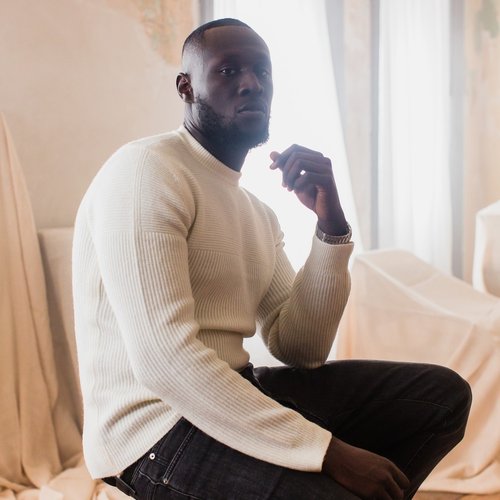How 'Save Rock and Roll' Kickstarted The Second Coming Of Fall Out Boy
12 April 2018, 15:27

How Save Rock and Roll helped Fall Out Boy to rise again
Five years ago today, after a four year long hiatus that seemed to be permanent, Fall Out Boy made an explosive surprise comeback with their fifth studio album, Save Rock and Roll. Since then their career has had an unprecedented revival; where with the death of emo they might have faded into irrelevance or had to rely on nostalgia to keep an audience around, since Save Rock and Roll the band have enjoyed success even beyond what they had at the height of their mid-2000s fame.
It was followed by American Beauty/American Psycho and more recently M A N I A, a bonkers, immensely enjoyable album that flits manically between pop, EDM and reggae, incorporating explosion sound effects and anything else the band have access to. They’re back selling out stadium tours, on the cover of magazines, and breaking teen hearts all over again; and none of it would be happening without Save Rock and Roll, or the bold choices they took to make it happen.
In 2009, burnt out from promoting their fourth album Folie à Deux and from the six years of mega-fame that followed Take This to Your Grave, Fall Out Boy took the brave choice to step away and take a hiatus. The break was necessary; by the time they took it, various members of the band were struggling with depression, substance abuse, and divorce, respectively. During their time away the band remained friendly but didn’t really speak to one another; instead working on their own diverse projects, spending time with their children, and taking a much-needed break from fame. Their mental and physical health improved, too; Andy Hurley said that “the hiatus helped them all to kind of figure themselves out” and that “Pete [was] a million times better”.
In early 2012, Pete Wentz and Patrick Stump reached out to one another to make up and to tentatively start writing again. While they scrapped the first few attempts at songs and took another break, they reconvened after several months to write some brand new, modern tracks including “Where Did the Party Go”, a song that got the pair excited for their potential new era. Around this time they also decided their mission statement; while they’d already changed their sound several times, with Save Rock and Roll, they would entirely shed their pop punk and emo roots to write an album that truly represented where both the band and the world were at at that time. “We didn't want to come back just to bask in the glory days and collect a few checks and pretend and do our best 2003 impersonation” said Stump in 2013, boldly rejecting the temptation to cling to nostalgia that other bands from their scene had fallen prey to.
After that, the band got back together as a quartet to hold secret meetings and to discuss the logistics of their reunion. They decided to completely reimagine the band’s sound and focus more on pop, bringing in Butch Walker to produce and bringing in guests including Big Sean and Elton John. They kept the recording and any news of new music entirely from the industry, press, and fans; partly so that they could back out if it didn’t work. They kept apart publicly, denying any chance of a reunion to the press even a week before the announcement. The album was completely pop with hints of other influences while still containing the hallmarks of a Fall Out Boy album; absolutely bonkers, fun, and pretty risky. But all those risks, all that secrecy paid off: on February 4th 2013, the band announced their reunion with a photo of them throwing their back catalogue onto a bonfire, signalling their complete reinvention. And on April 12th 2013, Save Rock and Roll debuted at number one on the Billboard 200 chart.
It was well-received by critics and by fans, and even if it lost them some of the diehard pop punk fans, it didn’t matter; it gained them an entirely new mainstream audience and got them immediately back in the public eye in a way they hadn’t been since their former scene was at its peak. Entertainment Weekly called the comeback a “major accomplishment for a band whom many in the industry had dismissed as kings of a genre whose time had passed” and it was; cynics thought that Fall Out Boy’s heyday was done, that their careers had fallen out of fashion along with guyliner and skinny jeans.
Save Rock and Roll was a complete reinvention for Fall Out Boy and one that didn’t come without a few raised eyebrows, but it saved if not rock and roll then their careers. Five years deep into their second coming they show no signs of slowing down; Save Rock and Roll was a reinvention, a bold one, but not a complete one - Fall Out Boy might have outgrown the scene, but they’re still the ridiculous, brave band they’ve always been, and their current M A N I A album cycle proves that the risk they took with Save Rock and Roll was nothing short of worth it.










